Moisture is one of the most important factors in the deterioration of a building. The high evaporation temperature of water (100°C) gives it the attribute of being mainly into a liquid phase in porous materials rather than evaporating.
Internal movements of moisture in the structure of materials by various mechanisms cause changes of many types, which disrupt the structure and accelerate deterioration. The first indications about presence of moisture are usually perceived by surface damages to internal parts, but in reality, it has caused various alterations to the structural elements of the building.
Through years of experience in dealing with and solving moisture problems, we present you some tips regarding the correct waterproofing of a structure:
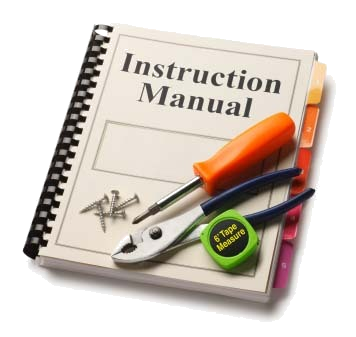
- Follow closely the specifications of the company producing of each waterproofing material or system (consumption, timing, mixing quantities, etc.)
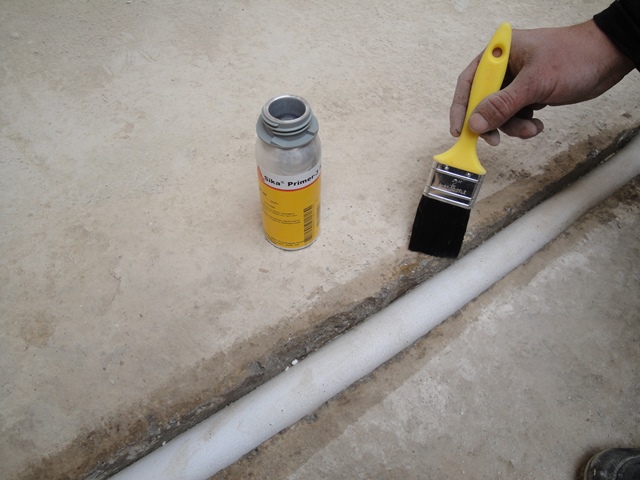
.jpg)
- Do not apply sealants (silicones, acrylic and polyurethane mastics) without the use of special primers, in order to create the bonding bridge for proper adhesion.
.jpg)
- In case of roof’s waterproofing with adhesive membranes (bituminous membranes), ventilators should be installed.

- For any final patency system (tiles, industrial flooring, concrete slabs) on top of bitumen, a geotextile separation layer must be applied first.
- For waterproofing in planted roofs, and gardens, choose bituminous screeds with special additives resistant to plant roots.
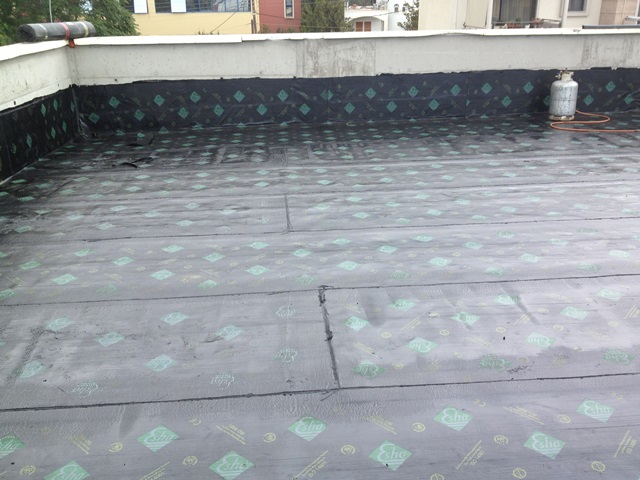
.jpg)
- The perimeter height of waterproofing a garden should be higher than the final level of the backfill.
- The waterproofing should be applied on the surface of slopes of the terrace and not on the original concrete slab.
- Waterproof the terraces of the structure. Ceramic tiles provide no protection against moisture as many people mistakenly believe.
- Vertical elements of the roof such as vents should have a separate piece of waterproofing placed around it, not just sealing mastic. Special piece in the case of asphalt or polyester reinforcement in the case of cast resin.
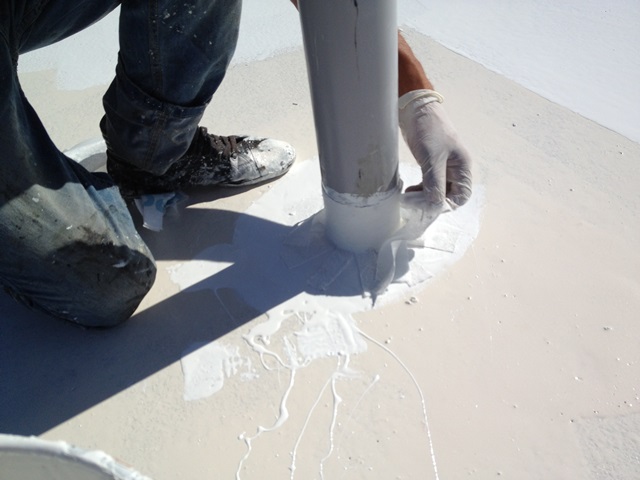
- Prefer the installation of large cross-section gutters for better water drainage.
- Particular attention should be paid to the good sealing of the gutters. It is recommended to place a special piece before the main layer of waterproofing.
- When waterproofing is accomplished by cast resin, an additional waterproofing reinforcement should be placed at the joints between the floor, guardrails and walls.
- In addition to the waterproofing of the roof, great care shall be taken in the waterproofing of the perimeter roof’s guardrails. Problematic guardrails with open points can bypass the waterproofing and damage the structural element
.jpg)
- For the waterproofing of basement perimeter walls, the waterproofing should be applied externally. Where this is not possible, an internal system with resistance to negative water pressure should be applied.
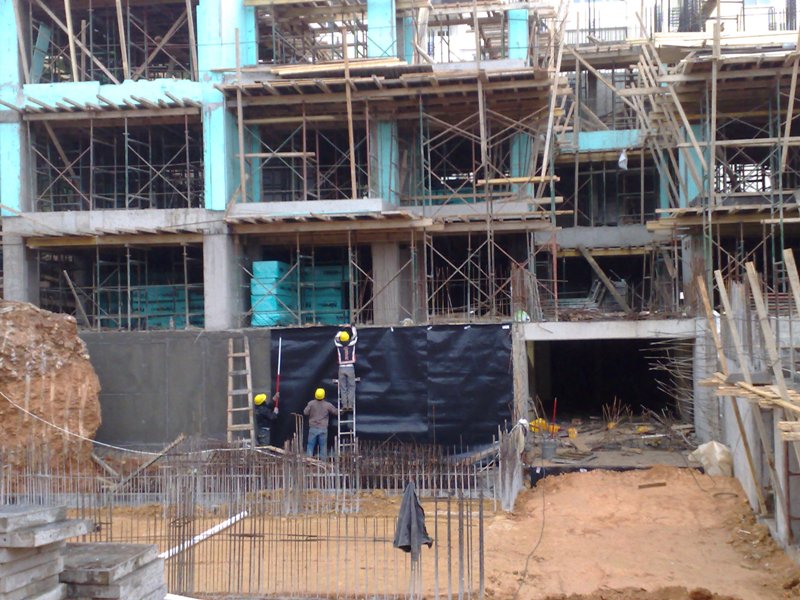
- Careful and frequent monitoring is required of an insulated and waterproofed surface after the work is completed. E.g. wear of the vents or any holes in the vertical elements (walls and guardrails) can cause problems.
.jpg)
.jpg)
- The turn of the waterproofing on the vertical structural element (e.g. wall) should exceed the final stage of the insulation about 10-15cm. Even splashing rainwater can create moisture problems.
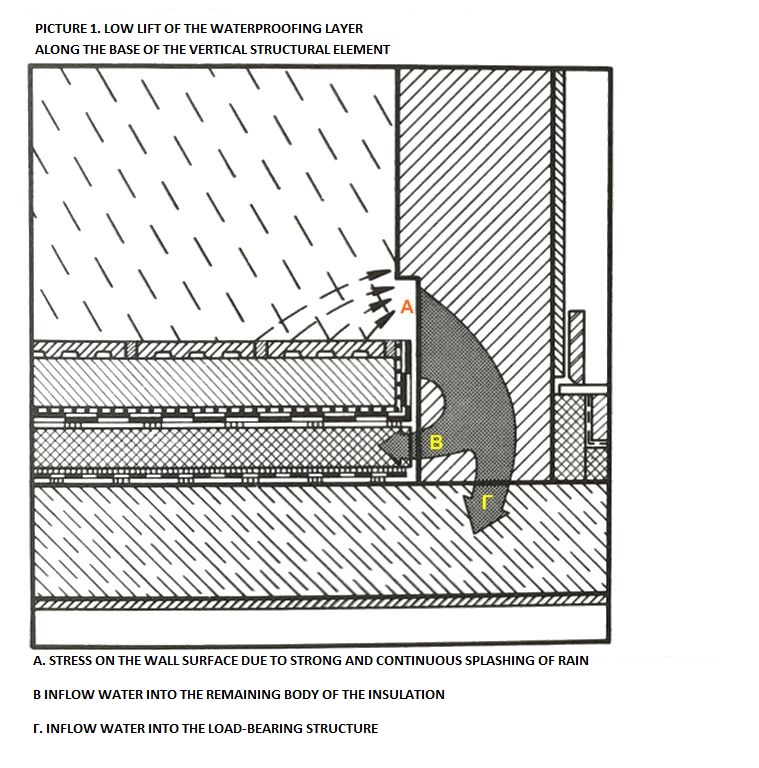
- In addition to the good adhesion of the sealing membrane, special attention should be paid to the mechanical support or the quality of the sealing material.
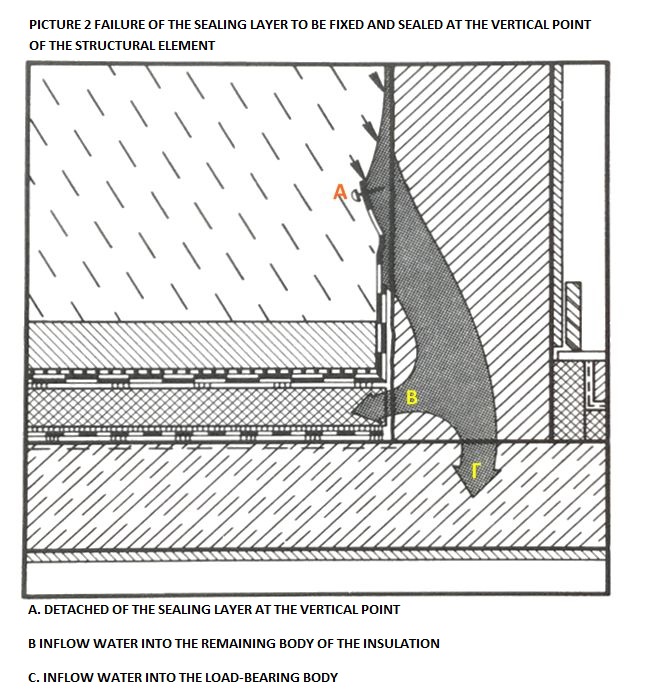
- The fixing (bolting) of vertical elements on the roof (solar bases, railings, etc.) must be accomplished necessarily before the insulation is installed.
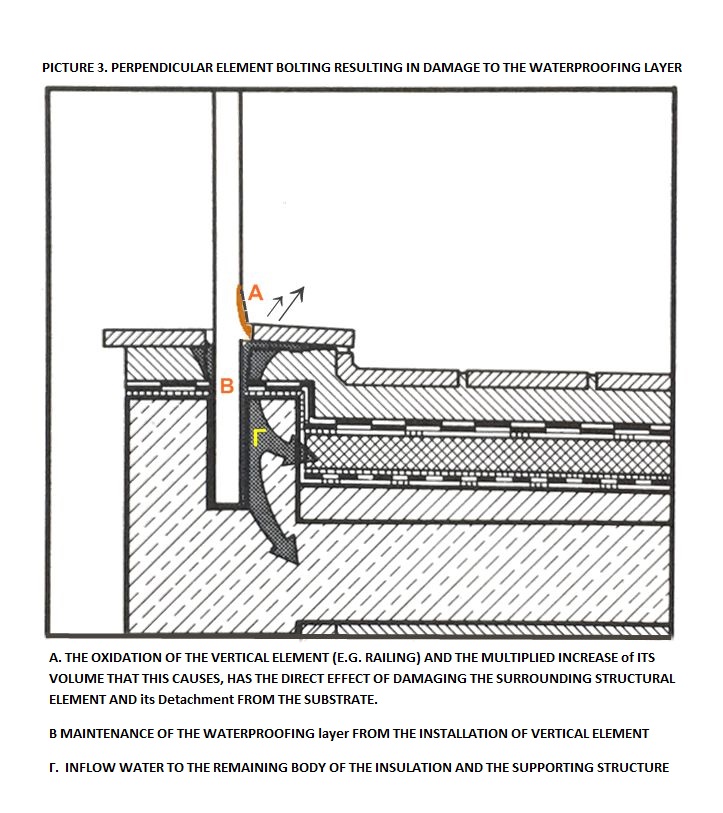
- The drainage of roofs has often proved to be defective due to incorrect distribution of gutters over the surface. It is recommended that they should be placed at a safe distance from the vertical ends of the roof.
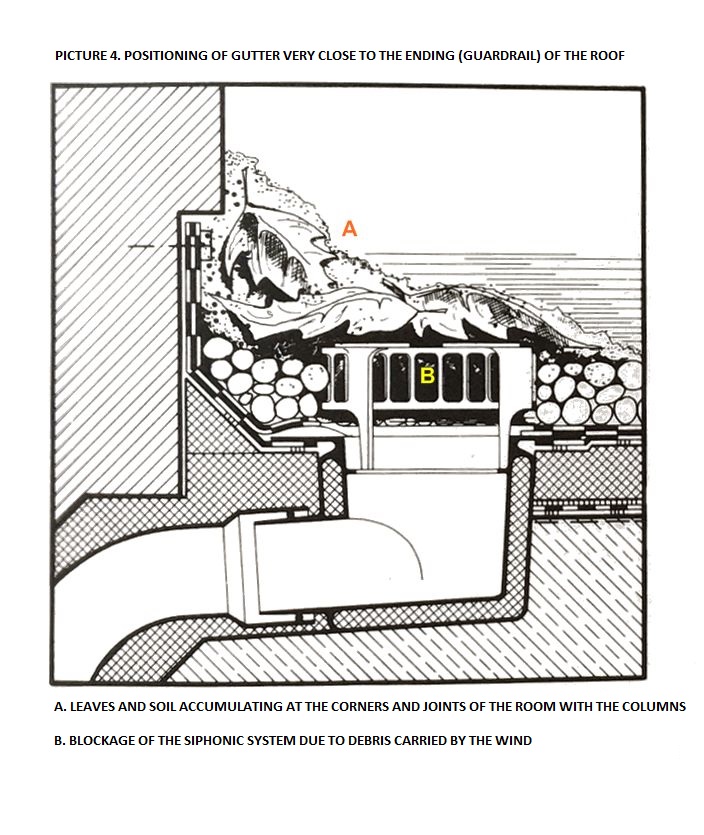
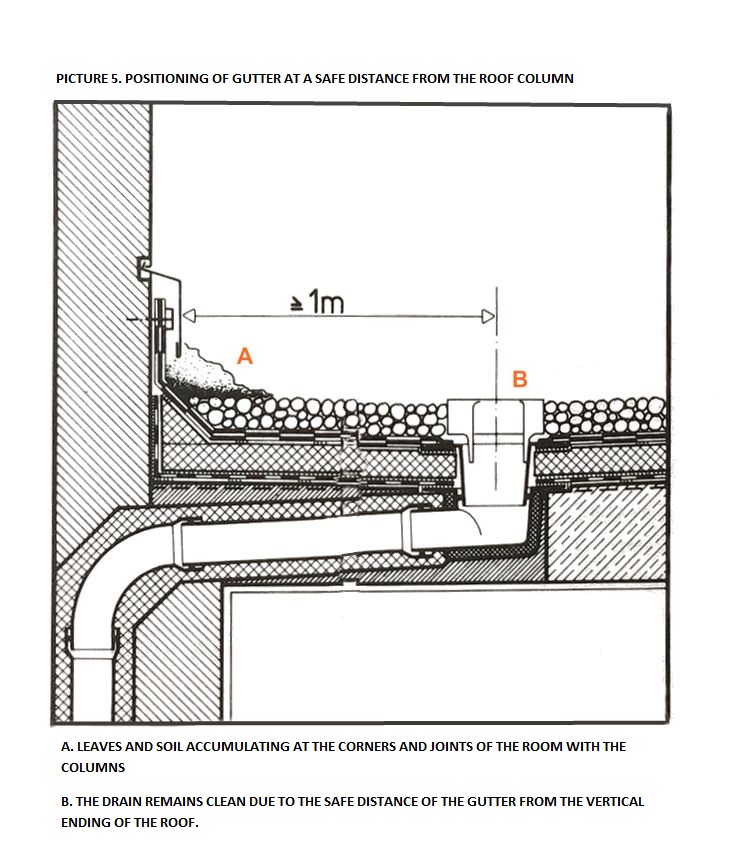

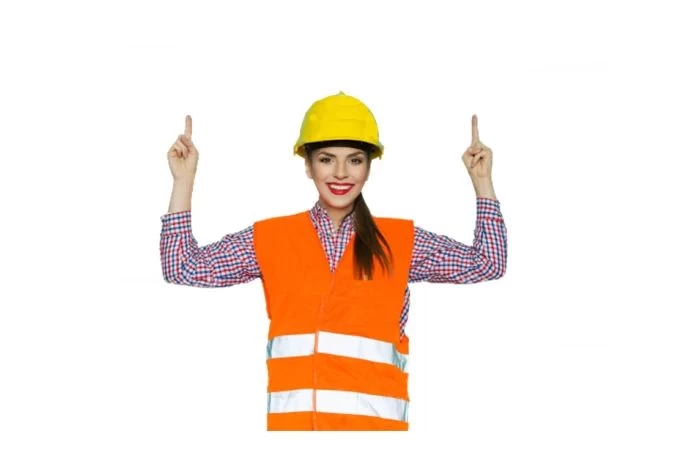
.JPG)
.JPG)
.JPG)
.JPG)
.JPG)
.JPG)
.JPG)